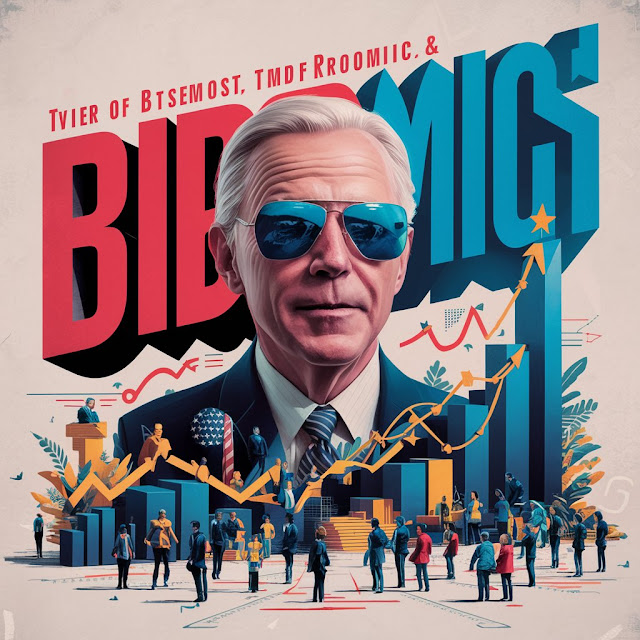Joe Biden has reinstated full employment as a core economic commitment of the Democratic Party, marking a legacy of considerable importance. Before Biden’s presidency, American full employment—a state where everyone willing to work can find a job—was largely a historical phenomenon seen mostly between World War II and the 1960s, with only brief reprises under Bill Clinton and Donald Trump. Biden not only presided over rare economic prosperity but also demonstrated that achieving economic abundance is a public policy decision made by elected officials, rather than a fortunate interplay of market forces. Despite significant challenges, including the COVID-19 pandemic, the delta and omicron variants, and the economic impacts of Vladimir Putin’s invasion of Ukraine, Biden has managed one of the best domestic policy showings in decades.
This success is particularly evident in the labor market. Over the 50 years preceding Biden’s tenure, the U.S. economy only saw 25 months with an unemployment rate below 4 percent. Biden achieved this for 27 consecutive months, a streak only interrupted in May due to an expanding labor force despite job additions. Biden’s labor market policies have also led to more inclusive economic outcomes than his predecessors’, with record-low unemployment rates for Black Americans, people with disabilities, and Latinos.
Biden’s economic measures have mitigated the household strains caused by pandemic-induced inflation, with wage gains under his administration surpassing price hikes, particularly for low- and middle-income households. Consequently, Americans have more money saved than in 2019, and wage and income inequality have decreased. Biden's economic record is historically excellent, but his long-term legacy may prove even more significant. His administration, depicted as “Bidenomics,” represents a strategic departure from recent Washington precedents by broadening the state’s tools for market management.
Biden’s economic agenda was developed reactively, addressing multiple international crises while stabilizing a divided Democratic coalition. Early in his presidency, Biden focused on direct aid to households, such as stimulus checks and an expanded child tax credit. Over time, his spending shifted towards corporations willing to create infrastructure and clean energy jobs. His administration also pushed for regulatory reforms to curb corporate abuses and support worker rights, reflected in the actions of agencies like Lina Khan’s Federal Trade Commission and the National Labor Relations Board.
This pragmatic approach proved effective, mixing noble intentions with transactional politics and improvisation. Biden’s decision to tap the Strategic Petroleum Reserve in 2022 to lower gas prices before the midterms exemplifies this strategy.
Biden's economic strategy looks less like an attempt to transcend neoliberalism and more like a commitment to political pragmatism, which proved successful. His policies helped mitigate the impact of Fed-induced interest rate hikes and avoid mass layoffs, revealing the limits of economic analysis. Thus, Biden's economic achievements are not only a testament to his policy choices but also reflect his comparison to predecessors, notably contrasting with Barack Obama’s more conservative economic approach during a similar period of crisis.
Biden’s policies echo the pragmatic and innovative governance style of Franklin Delano Roosevelt, emphasizing coalitional skill, policy creativity, and a willingness to transcend economic orthodoxy in response to public needs. In a single term marked by crises, Biden has shown that full employment can be a realistic and sustained objective, suggesting that future leaders could potentially build on this foundation to achieve even greater prosperity.
The median household income in the US is around $75,000 a year, but it takes more than ten times that — $787,712, to be exact — to be in the top one percent of earners nationwide.
SmartAsset wanted to know how that threshold varies around the country, so they used the latest IRS tax return data to rank the US states based on what it takes to join the one percent club in each.
The income floor for one-percenters exceeds $1 million a year in three states: Connecticut ($1.15 million), Massachusetts ($1.11 million) and California ($1.04 million).
Washington ranks fourth on the list, with earners needing an income of $989,649 to be in the one percent.
At the other end of the scale, West Virginia residents making just $420,453 a year are among the state's highest earners. Mississippi ($440,744) and New Mexico ($476,196) have similarly low thresholds.
Via SmartAsset.

